University of Connecticut – Innovation Partnership Building
Storrs, Connecticut, United States
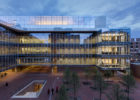


With spacious labs and light-filled common areas, this facility integrates biology, chemistry and medical studies while also serving as a campus social hub.
The University of North Carolina Genome Sciences Building (GSB) reimagines the traditional linear arrangement of the research lab, locating wet and dry labs together in light-filled pods that encourage interdisciplinary interaction. The facility serves as a new social hub for the campus, demonstrating the value of transparency in science through its glass membrane and porous plaza level. A centerpiece in SOM’s Bell Tower District master plan for UNC, the building adds inviting new classrooms and laboratories while improving pedestrian access between the university’s historic North Campus and its medical school.

GSB serves as a center for interdisciplinary research, bringing together biologists, chemists, and the UNC School of Medicine. The design team created areas for traditional wet labs by dividing the building’s upper levels into three pods, each tailored to specific research programs. Upper floors house the laboratories and greenhouse, while the building’s brick plinth contains classrooms and informal spaces for the general student population. Through visioning sessions, the design team found that adjacencies between a diverse set of building users was critical. SOM proposed three neighborhood “pods,” each comprising wet bench, dry office, and support spaces – a breakthrough in organization. This enables wet bench scientists to better interact with each other and researchers in their quest to understand basic biological processes and generate discoveries that lead to the treatment of human diseases.


Laboratory pods are lifted above a porous plaza level containing glass-enclosed core labs, wood-clad seminar rooms, and a new corner café with colorful seating and warm wooden features. A dramatically suspended, sky-lit oval stair links each of the floors and provides a sculptural highlight that enlivens the plaza and welcomes visitors. The use of exposed concrete introduces contemporary design into UNC’s traditional Georgian-style campus and eliminates the need for extra interior finishes. Concrete walls frame the research laboratories and pass through the exterior system of clear and fritted glass. Inside, the material creates an elegant finish, juxtaposing the building’s sleek glass and wood finishes and providing a timeless framework of adaptable spaces. Colorful furniture and lab equipment are reflected in the high-gloss polished concrete floors.

Certified LEED Gold, the project incorporates a suite of integrated sustainable strategies including active chilled beams, energy efficient lighting, and floor-to-ceiling high-performance glazing with a custom brise-soleil, sending ample light deep into interior spaces and providing a comfortable environment for researchers. Thanks to its high quality interior research space and unique programmatic layout, the GSB is a tool for retaining and recruiting the best and the brightest faculty and students.
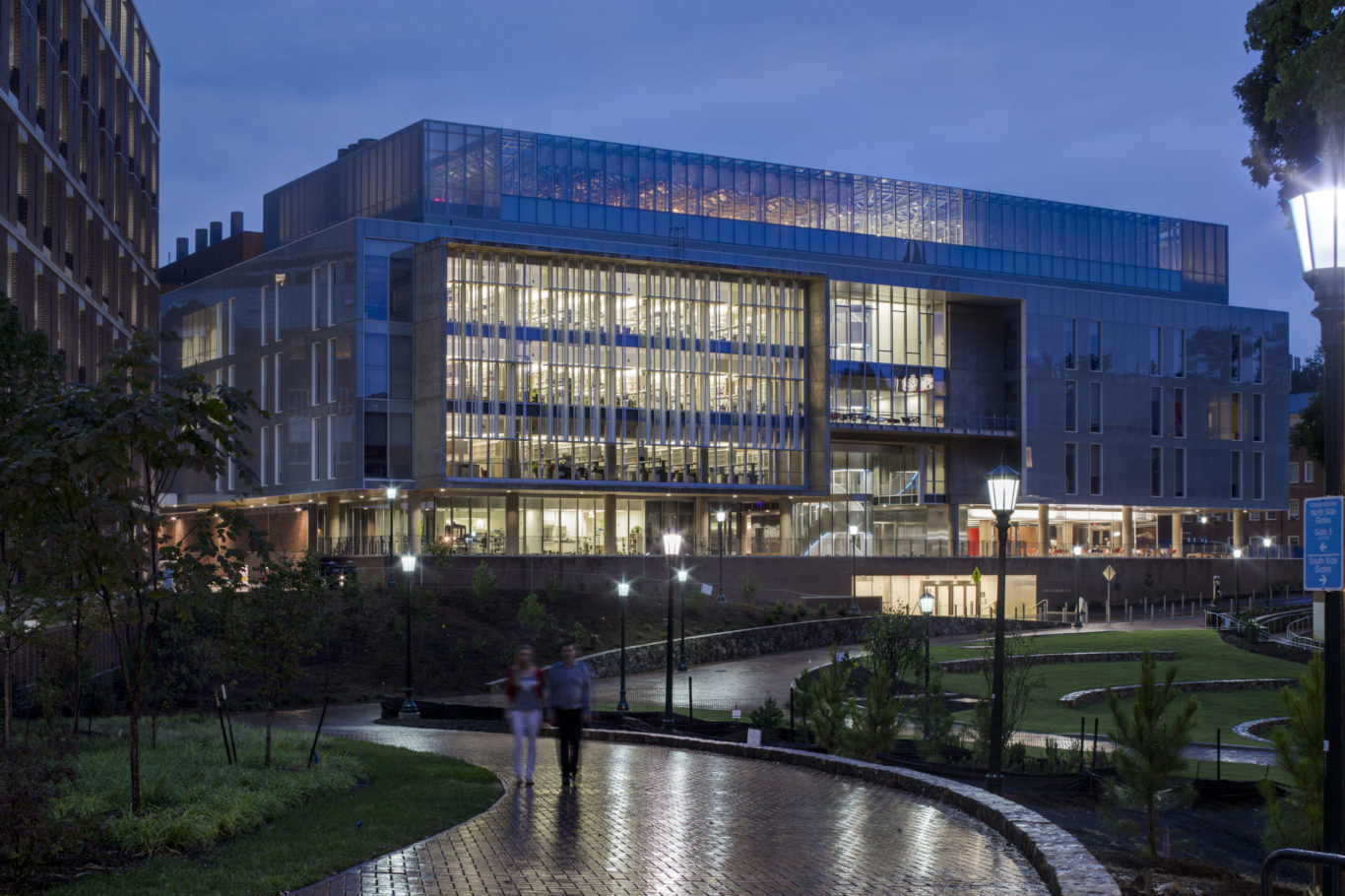
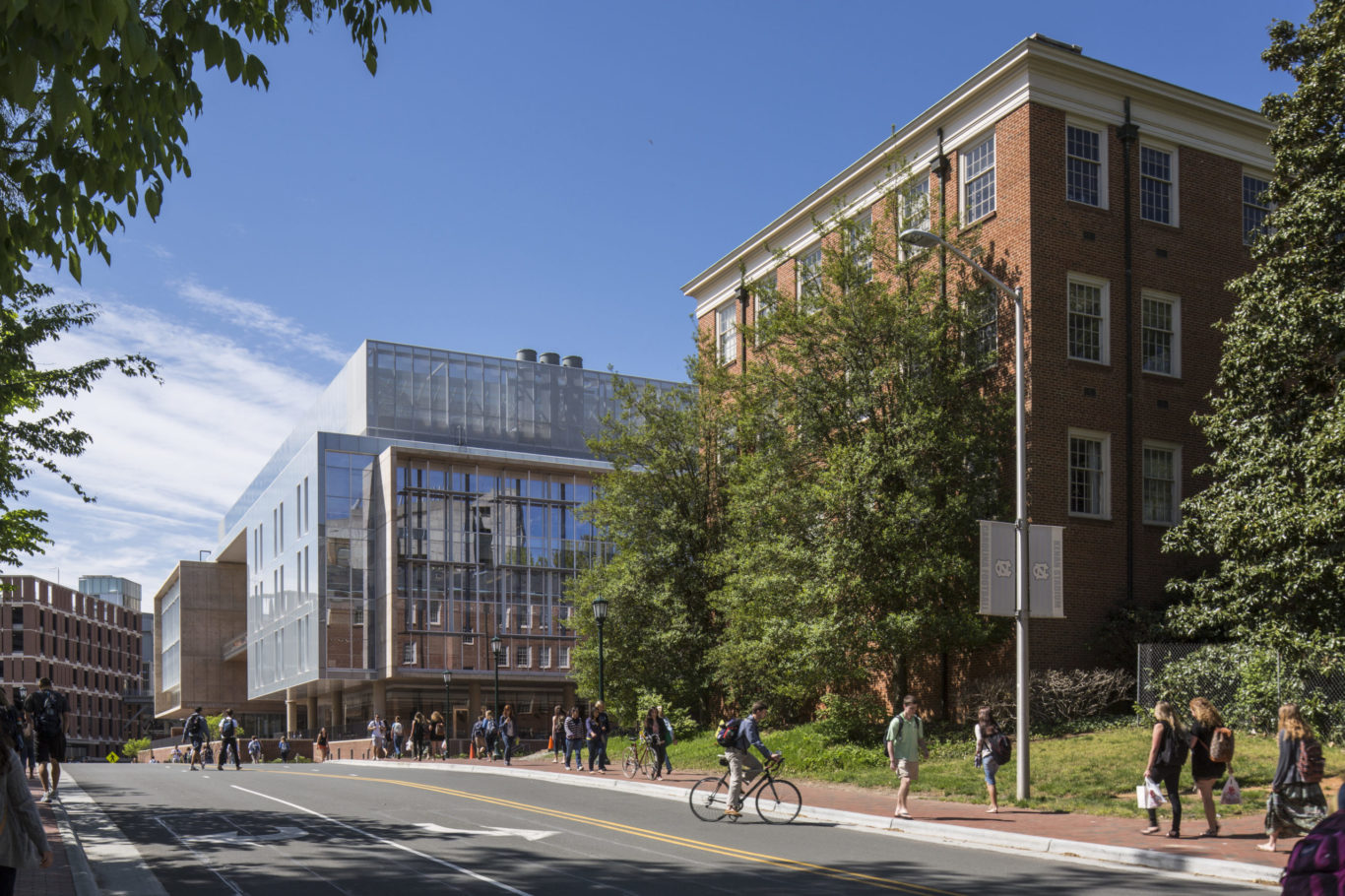
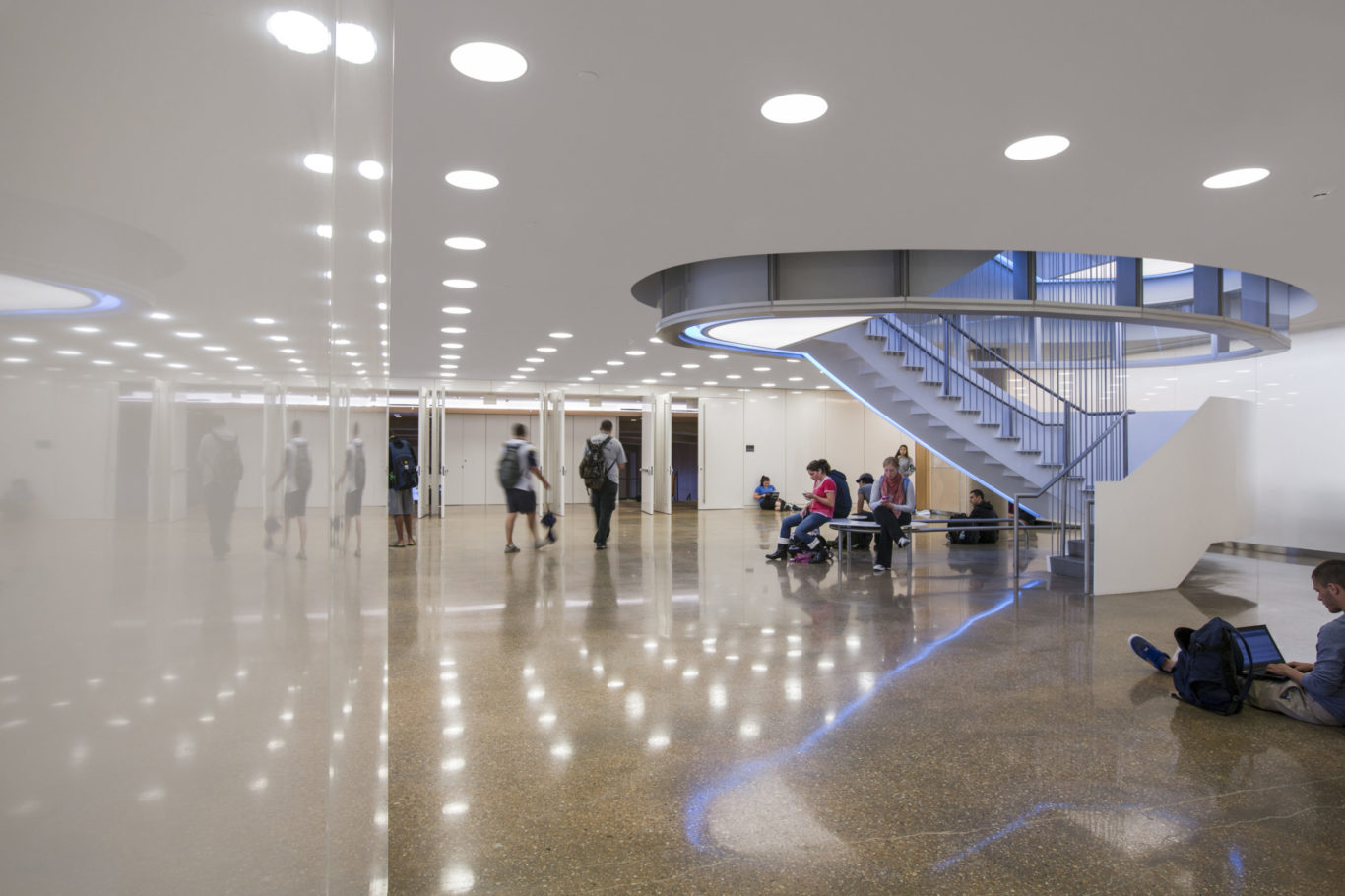
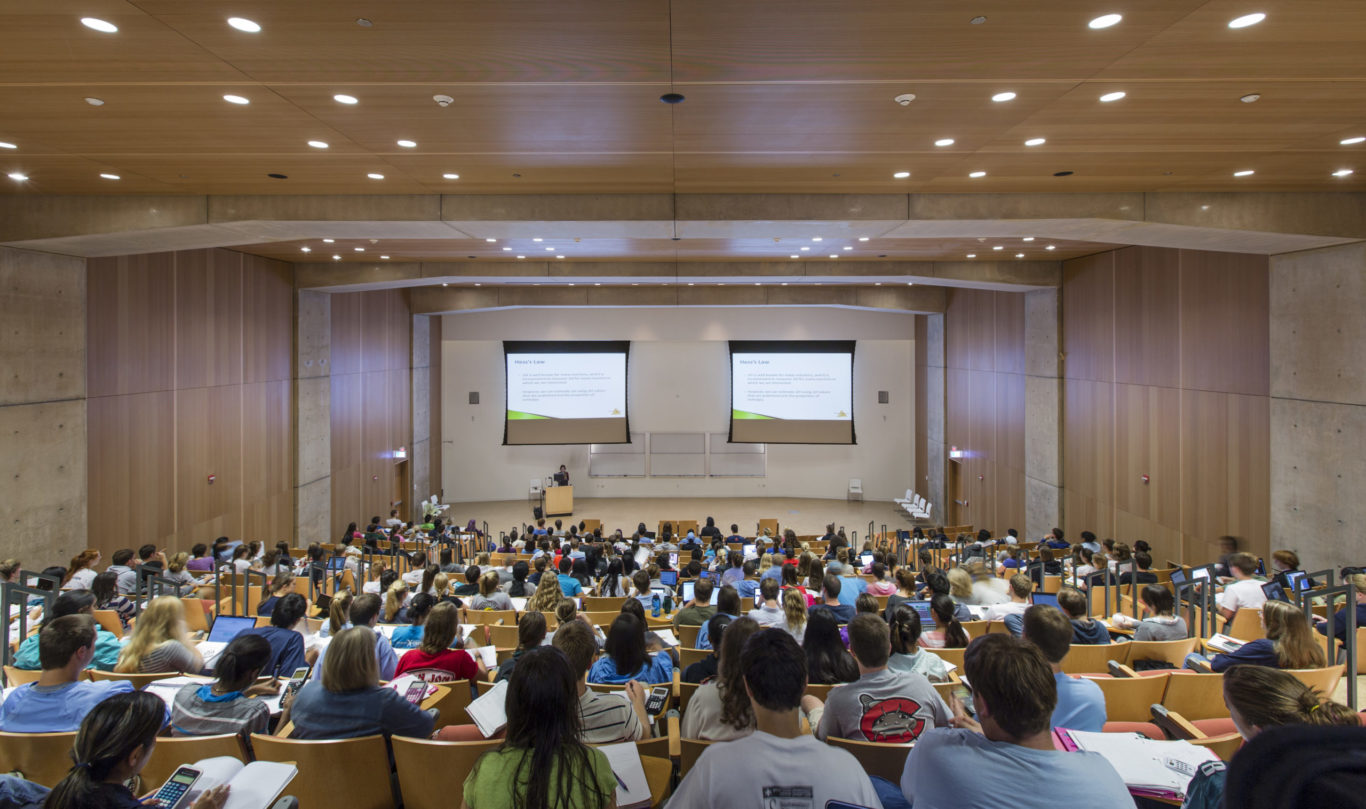
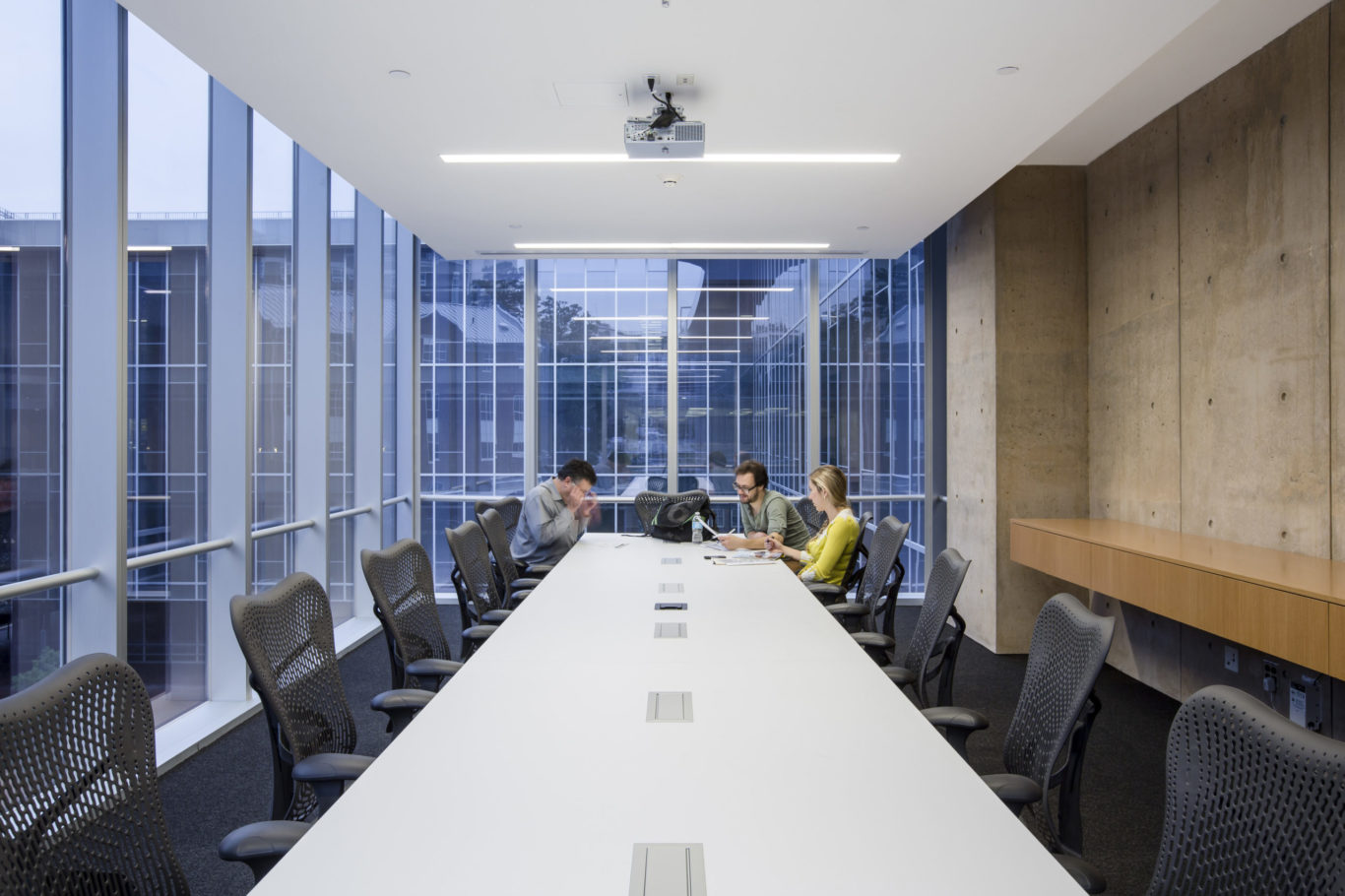
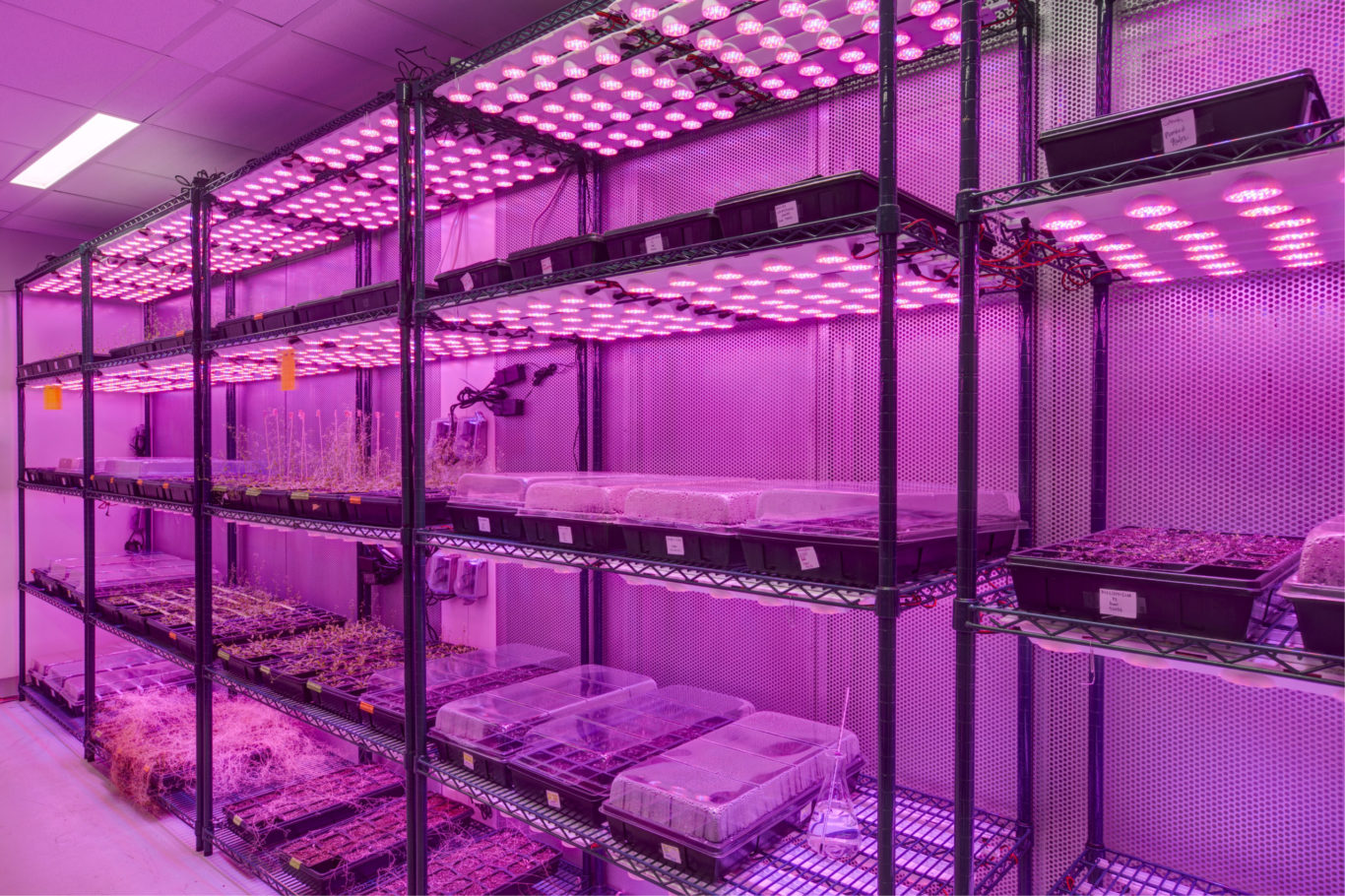
Storrs, Connecticut, United States
La Jolla, California, United States
01/